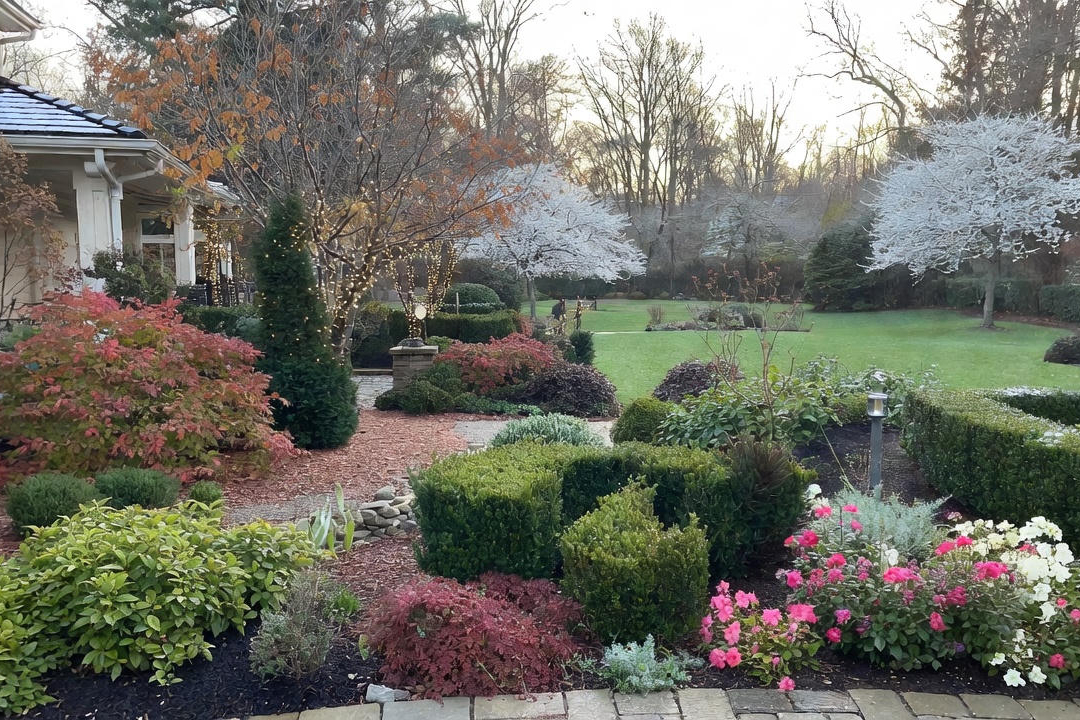
Is it possible to design beautiful and useful landscapes when you are not a formally trained designer? Yes! Below are terrific tips on how to design a landscape with confidence using a few simple tricks and tips.


Light Requirements – Plan your garden beds to have all the same light requirements. Planting a plant that needs full shade in a sunny bed means that your shady plant will die shortly. It is critical to match up the plants’ sun requirements.
Water Requirements – Similarly, plan your garden beds to have plants with similar water needs. A cactus should not be placed at the edge of a pond and a pansy should not be planted in a xeric garden that is desert-like.
Plant Big to Small – Choose your garden layout with plants that are big to small. For instance, start with trees you might like in the garden. Then once you select a tree, move to the shrubs (which are smaller than trees). Once you place shrubs, then place perennials (which are smaller than shrubs). Finally, place groundcover in the design, which is the lowest profile of all the plants. This will help you order the plants so that your eye rests well on each one.
Plant in Masses – Planting in groups of odd numbers helps bring interest and visual pleasure to a garden. Having one petunia and one snapdragon and one daisy and one lantana does not look as interesting as 3, 6, 9, or 12 snapdragons planted in a group.
Choose a Color Theme – Color themes look spectacular such as the yellow and orange color shown in the after photo on this page. It creates unification and helps the eye explore an area more creatively.
Height Planting – When planting a long bed, plant the taller plants in the back and shorter plants in the front. If you plant all the tall plants in the front, you will not be able to see the shorter plants in the back. It makes common sense to layout the landscape beds so that each plant can be seen clearly. If you have a raised bed with access from all sides, there will not be a “back area”. With this in mind, move the taller plants to the middle and the shorter plants to the outside (as seen in the after photo from this page).
It is easy to put together a completely gorgeous creation by following a few simple design rules. Now that you have design tips, it is time to get the iScape app and experiment with placement of your favorite plants around your patio and garden. As you can see by the example before and after photos, creative use of color and placement can make a landscape truly beautiful.
Download iScape now and learn about all types of landscape design that can make outdoor spaces feel like home. iScape it!




ds.jpg)
.jpg)
